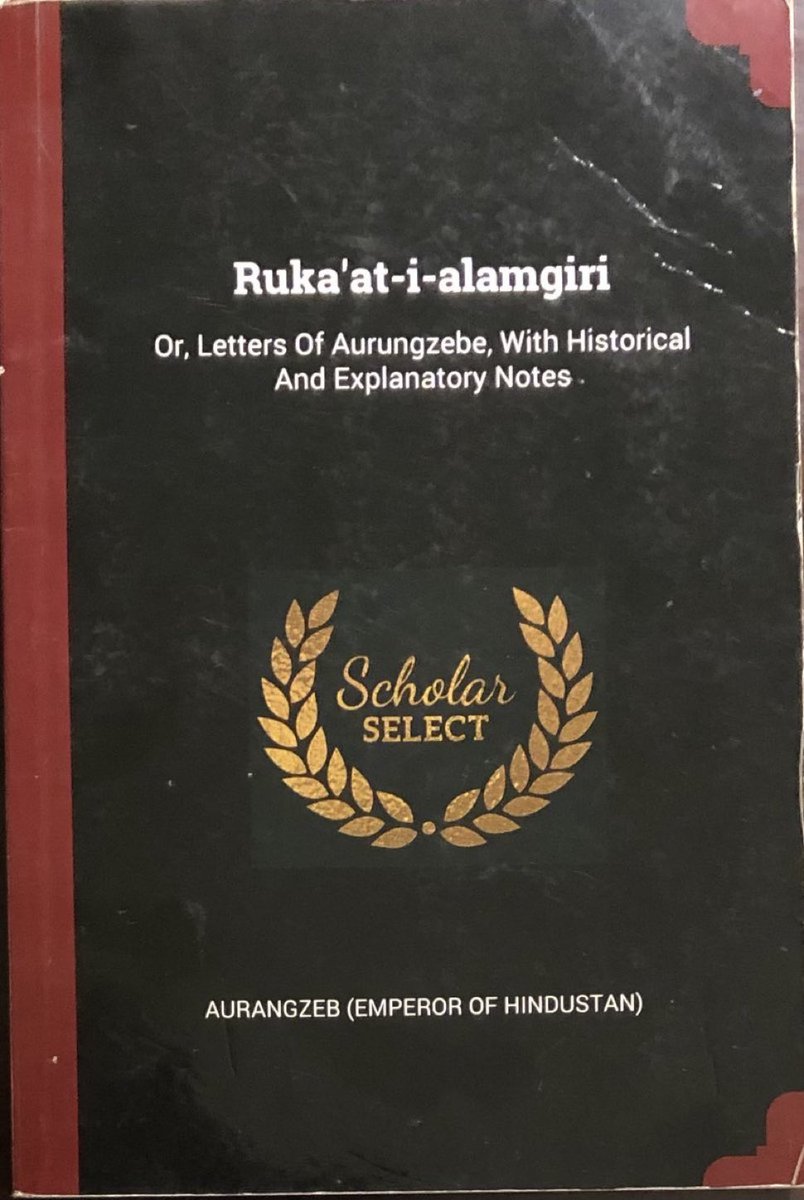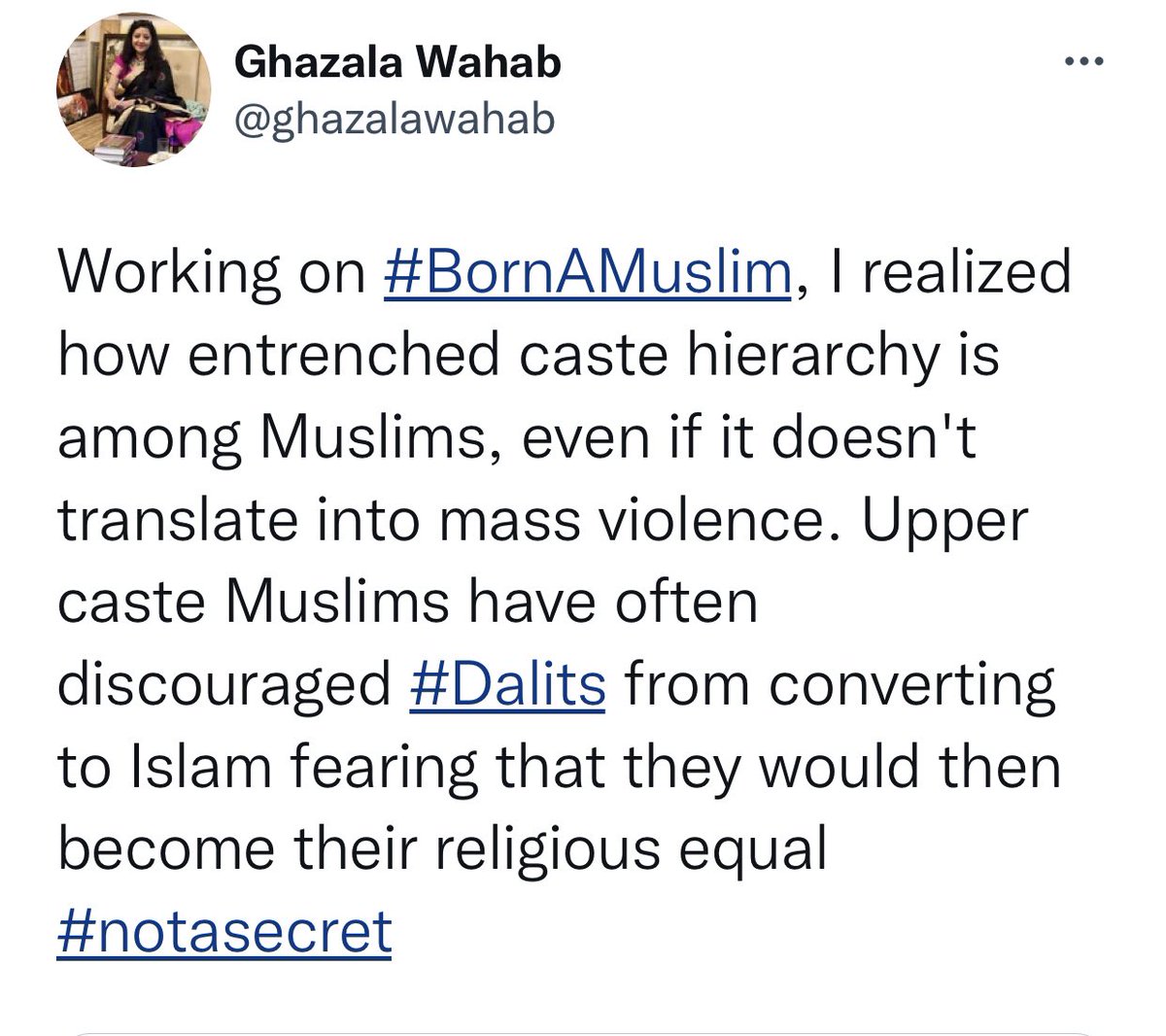Today marks the 316th death-anniversary of Badshāh Muhi-ud Dīn Muhammad #Aurangzeb Alamgīr (R.A.).
His long reign (1658-1707) consolidated the largest and wealthiest land-empire in Indian #history and was arguably the most socially-diverse dispensation to ever rule #India.
His long reign (1658-1707) consolidated the largest and wealthiest land-empire in Indian #history and was arguably the most socially-diverse dispensation to ever rule #India.

Even critics of Aurangzeb (R.A.), such as the historian Sir Jadunath Sarkar concede, "Aurangzeb’s Indian empire was vaster than that of Ashoka, Samudragupta, & Harshavardhan”.
@Timurid_Mughal.
It was in his reign too that #Ladakh was amalgamated into the #Mughal empire.f

@Timurid_Mughal.
It was in his reign too that #Ladakh was amalgamated into the #Mughal empire.f


The reign of Aurangzeb (R.A.) was based on 3 pillars:
1. Military expansion.
2. Islamic jurisprudence and a centralised justice system.
3. Adherence to his Indo-Timurid heritage.
This helped consolidate his empire, but it also depended on his persona for sustained success.

1. Military expansion.
2. Islamic jurisprudence and a centralised justice system.
3. Adherence to his Indo-Timurid heritage.
This helped consolidate his empire, but it also depended on his persona for sustained success.


His administration saw the widest reflection of social, religious and ethnic diversity - perhaps of any dispensation in Indian history - with a composition of 31.6% non-Muslims in what was an Islamic empire.
Source:
“The Mughal Nobility Under Aurangzeb”. Prof. M Athar Ali, 1966.

Source:
“The Mughal Nobility Under Aurangzeb”. Prof. M Athar Ali, 1966.


The Emperor Aurangzeb was as accomplished a man of letters as he was a warrior in the battle-field and has left behind a vast and rich corpus of literature in his own words; most notably the Ruka’at-i-Alamgiri, a collection of his letters to his sons, grandsons and noblemen. 

The duties of a ruler, according to the Emperor Aurangzeb (R.A.).
This excerpt also illustrates the extent to which the Emperor kept himself abreast of the smallest details about the state of the empire.
Letter to his son Prince Muhammad Āzam Shah Bahādur.
Ruka’at-i-Alamgiri
This excerpt also illustrates the extent to which the Emperor kept himself abreast of the smallest details about the state of the empire.
Letter to his son Prince Muhammad Āzam Shah Bahādur.
Ruka’at-i-Alamgiri

The religious curriculum he inspired reached every corner of the Indian sub-continent, and continues to inform the academic syllabus of many institutions across South and South-east Asia, even today. The Fatawa’-i-Alamgīri is considered a great source for Islamic jurisprudence. 

“The time of permanency passes away like the wind in the desert. Misery and happiness, beauty and ugliness, pass away. Everything in the world perishes...”
Emperor #Aurangzeb in a letter to his grandson, Bidār Bakht.
Ruqa’āt-i-Alamgiri, Letter LXXIX
Emperor #Aurangzeb in a letter to his grandson, Bidār Bakht.
Ruqa’āt-i-Alamgiri, Letter LXXIX

For those interested in learning more about the fascinating life and rule of this extraordinary ruler, the following is recommended as an introductory bibliography.
#History #Mughals #Aurangzeb
#AurangzebTheGreat #Alamgir
#History #Mughals #Aurangzeb
#AurangzebTheGreat #Alamgir
https://twitter.com/yusufpore/status/1393865992850132993
• • •
Missing some Tweet in this thread? You can try to
force a refresh













